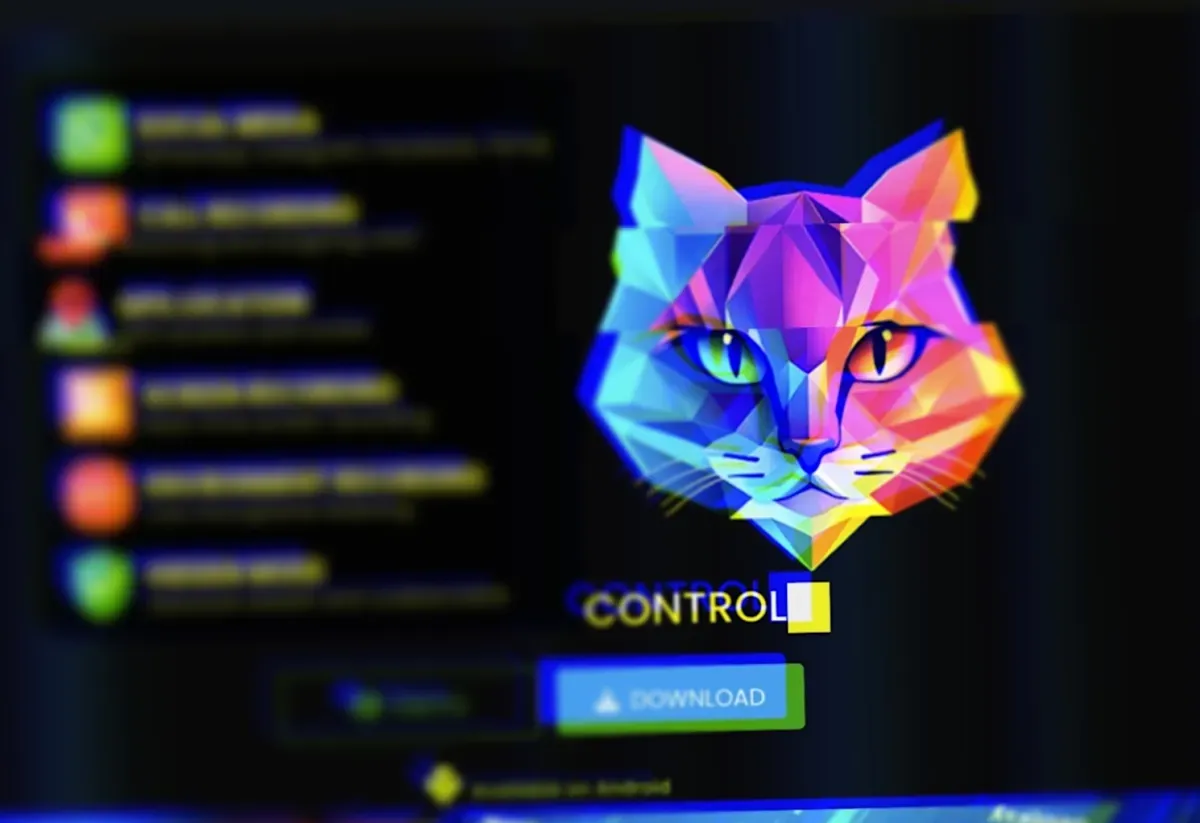Catwatchful Stalkerware Data Breach Raises Alarms Over Phone Surveillance
A major Catwatchful stalkerware data breach has compromised the privacy of thousands of people worldwide. The spyware, disguised as a parental control app, secretly collected victims' personal data—including real-time locations, messages, and even live microphone access—without their knowledge. A recent security flaw uncovered by researcher Eric Daigle exposed the app’s entire backend, revealing sensitive information about over 62,000 customers and 26,000 victim devices. This breach not only unveils a serious privacy invasion but also underscores the growing threat posed by spyware apps masquerading as legitimate tools.
Image : GoogleSpyware like Catwatchful operates covertly and is often used by individuals with physical access to someone’s device, enabling illegal surveillance of spouses or partners. Despite being banned from mainstream app stores, these “stalkerware” apps are proliferating through side-loaded installations and underground networks. The leak revealed that Catwatchful stored passwords in plaintext—an outdated and insecure practice that makes data even more vulnerable. With most compromised devices located in Latin American countries such as Mexico, Colombia, and Argentina, this incident shows how easily stalkerware can violate privacy at scale when security practices are weak or neglected.
How the Catwatchful Stalkerware Data Breach Happened
The Catwatchful stalkerware data breach stemmed from an overlooked security flaw in the app’s infrastructure. Researcher Eric Daigle discovered an unprotected endpoint that allowed anyone to access a full snapshot of the app’s database without authentication. This exposed users’ email addresses, plaintext passwords, and the trove of stolen phone data. The leaked database also pointed directly to the spyware’s administrator—Omar Soca Charcov, a developer based in Uruguay—further verifying the operation’s origin and scale. While Charcov opened emails from reporters, he did not respond to any inquiries about the breach, its impact, or intentions to notify affected users.
This kind of vulnerability reflects a larger pattern in spyware operations. Many stalkerware developers lack strong cybersecurity expertise, resulting in weak protections around extremely sensitive information. As a result, they not only endanger the people being spied on but also risk the exposure of paying customers. The Catwatchful incident marks the fifth major spyware-related breach this year alone, underscoring a disturbing trend: stalkerware isn’t just unethical—it’s also highly insecure.
What Makes Stalkerware Like Catwatchful So Dangerous?
Stalkerware apps like Catwatchful are marketed as invisible tools for monitoring children or employees, but they’re often used for malicious surveillance. Once installed—typically without the victim’s knowledge—the app uploads a stream of personal content, including photos, text messages, GPS data, and even live feeds from microphones and cameras. Catwatchful's interface gave its users a dashboard to remotely access this data, transforming an unsuspecting smartphone into a 24/7 spying device.
Such apps are typically installed through direct access to a person’s phone, which is why they often show up in cases of domestic abuse or relationship monitoring. While some countries criminalize the use of stalkerware, enforcement is inconsistent. The Catwatchful breach is a chilling reminder that even consumer-grade spyware, often developed with minimal regard for cybersecurity, can cause long-term harm to both victims and users when the system fails.
It’s also important to note that these apps falsely present themselves as “parental control” tools, exploiting a legal gray area. But their true usage patterns—as shown by data gathered from real-world breaches—often reveal their role in facilitating abusive behavior. Tech companies and legal systems still struggle to adequately address this loophole, leaving room for stalkerware to thrive despite mounting evidence of its dangers.
Why the Catwatchful Data Breach Matters Now More Than Ever
The Catwatchful stalkerware data breach has reignited calls for stronger regulation of spyware tools and greater accountability for developers. With more than 26,000 victims unknowingly exposed, this breach shows how stalkerware doesn’t just affect individuals—it’s a global issue that touches on human rights, digital safety, and law enforcement. The fact that such spyware is still accessible and operating underscores the urgent need for both technical and legislative solutions.
Security researchers and advocacy groups have long called for app store bans, public awareness campaigns, and tighter controls around surveillance software. But the Catwatchful breach reveals how surveillance tech is outpacing regulation. The app’s developer remains silent, victims haven’t been notified, and no clear path for restitution exists. This lack of accountability signals a broader failure in the tech ecosystem to protect users from digital abuse.
Ultimately, spyware like Catwatchful isn’t just a privacy concern—it’s a weapon used to control, monitor, and intimidate. The recent data leak gives us a rare look into how these operations function and fail, exposing thousands to digital harm. As we move deeper into a tech-driven world, regulating stalkerware must become a priority—not just for lawmakers and app platforms, but for society at large.


Post a Comment